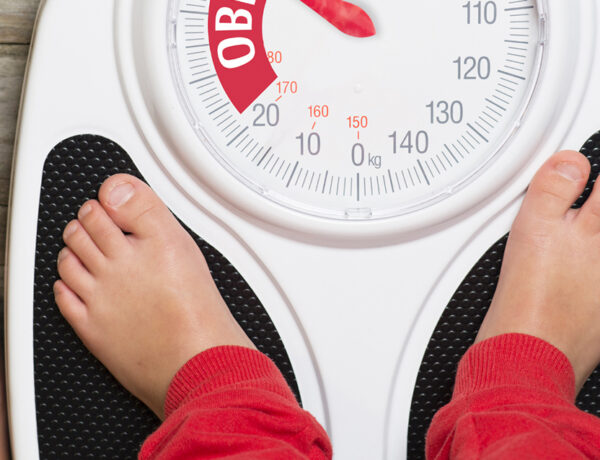Not a couple of women who have actually been faced with the reality of undesirable pregnancy have actually chosen to solve their problem through abortion. Abortion is a procedure that utilizes medication or surgery to remove the embryo or fetus and placenta from the uterus to end a pregnancy. The treatment is typically done by a certified doctor or somebody acting under the guidance of a licensed physician.
Research reveals that females are just as most likely to get an abortion whether it is banned or legal. Data reveal that one out of five pregnancies ends in abortion. In a study taking a look at abortion trends from 1995 to 2003, experts also discovered that abortion rates are essentially equal in poor and rich countries, which half of all abortions worldwide are performed in a hazardous manner.
In spite of the legal status of abortion, it has never ever detered females who look for to end undesirable pregnancy. Abortion accounts for 13 percent of maternal death worldwide. While 70,000 ladies die every year from unsafe abortions, an additional 5 million women suffer irreversible or short-lived injury as a result of this treatment.
Although worldwide, abortion rates have actually dipped from about 46 million in 1995 to just under 42 million in 2003, the rate of hazardous abortion didn’t alter at all. In developing nations, the incidence of risky abortion continue to increase with nearly half the treatments still performed unlawfully in possibly harmful conditions, making it a public health crisis and an attack to human rights.
While more countries are enabling females to have abortions in a legal way, many women are still getting medical attention just after a procedure has gone wrong. Hazardous abortion might be defined as a treatment carried out by individuals lacking the needed abilities or done in an environment that does not conform to the correct medical standards.
In eastern Europe, there are more abortions than live births, or 105 abortions for every 100 live births. In North America, there are 33 abortions for every 100 live births, while in Africa, where abortion is unlawful in many African states, there are 17 abortions for every 100 live births.
Providing safe abortions depends on a working health-care system. Specialists think that improving access to safe abortion requires improvement on females’s health. In the last twenty years, there has been little improvement to assist women make it through pregnancy and giving birth, especially in third world countries due to hardship. While improvement in child health can be finished with federal government assistance, such as immunization against different illness, the same can not be said with enhancing females’s health as funds are limited from any health services connected with abortion.
Abortion has to do with making a decision about ending the life of a child. The debate is still on whether the fetus can be clinically considered a human– a factor that specifies the morality or absence of morality of the choice to undergo an abortion. Certainly, given the extremely delicate nature of this procedure, abortion ought to be thought about an extremely individual decision that needs counseling.
In a study analyzing abortion patterns from 1995 to 2003, specialists also found that abortion rates are virtually equivalent in rich and bad nations, and that half of all abortions worldwide are done in a risky way.
While 70,000 ladies die every year from unsafe abortions, an additional five million ladies suffer irreversible or momentary injury as a result of this treatment.
The establishing world consisted of the greatest share of the abortion pie with a figure of about 35 million abortion cases. In eastern Europe, there are more abortions than live births, or 105 abortions for every 100 live births. In North America, there are 33 abortions for every 100 live births, while in Africa, where abortion is illegal in a lot of African states, there are 17 abortions for every 100 live births.




